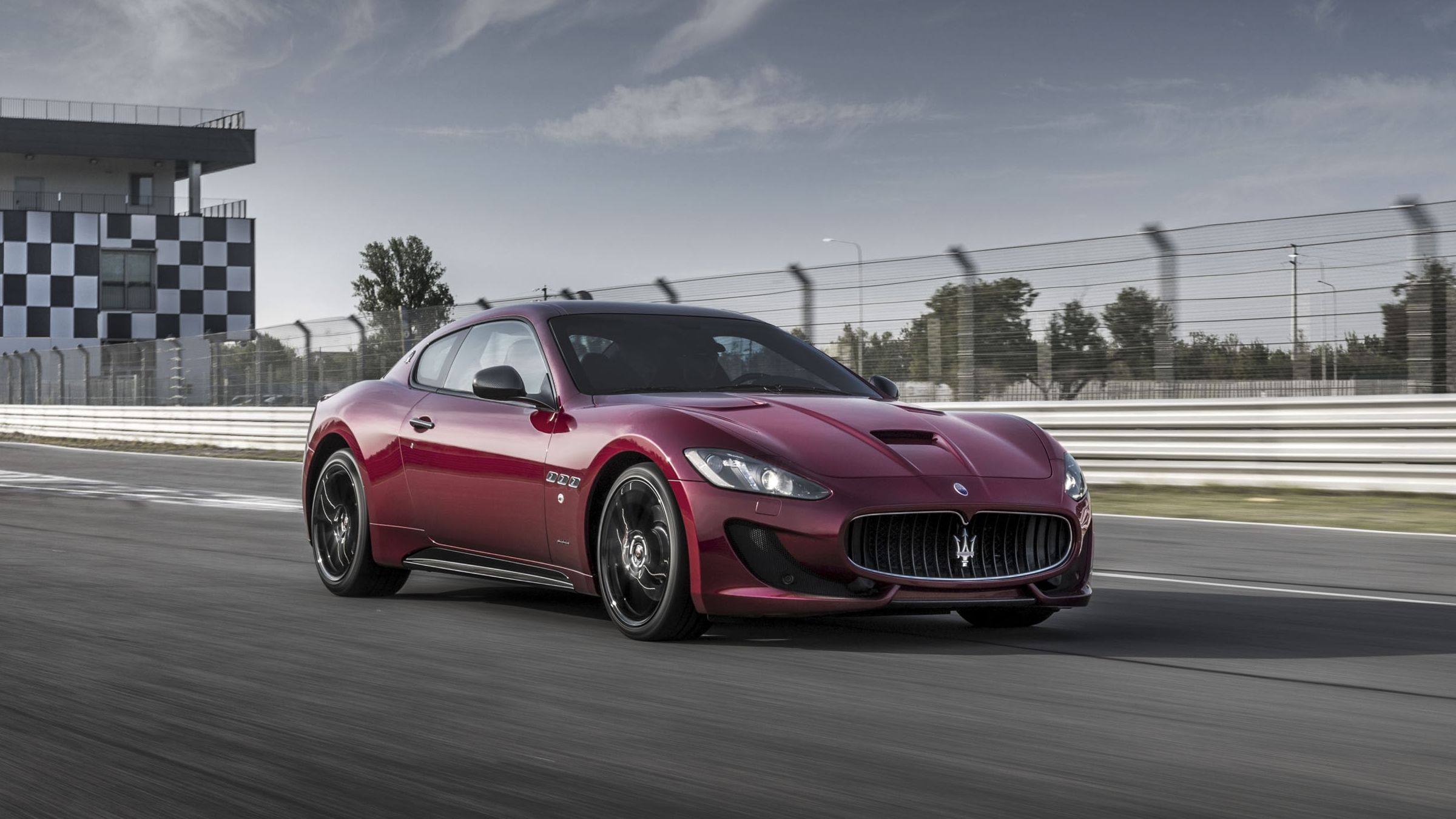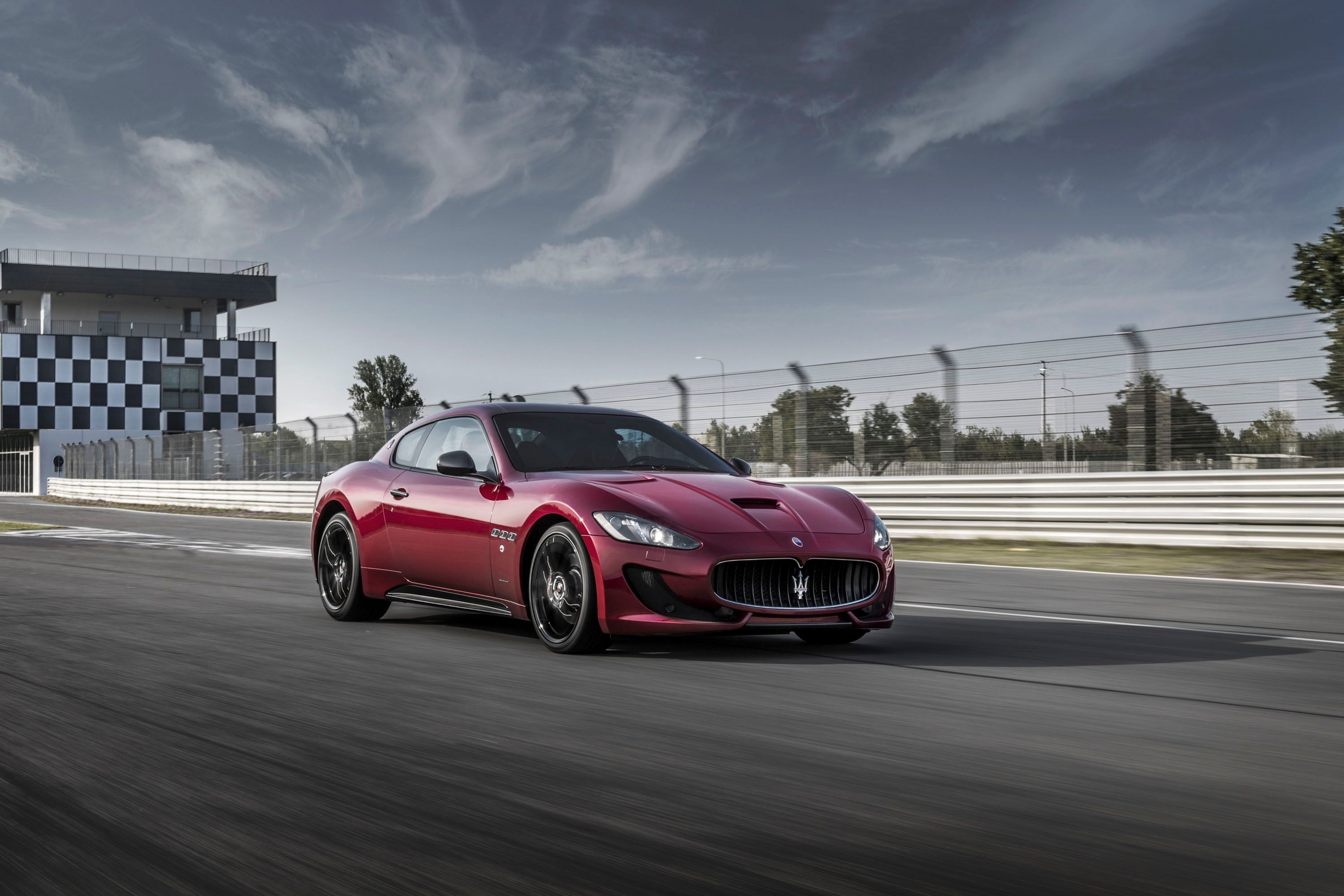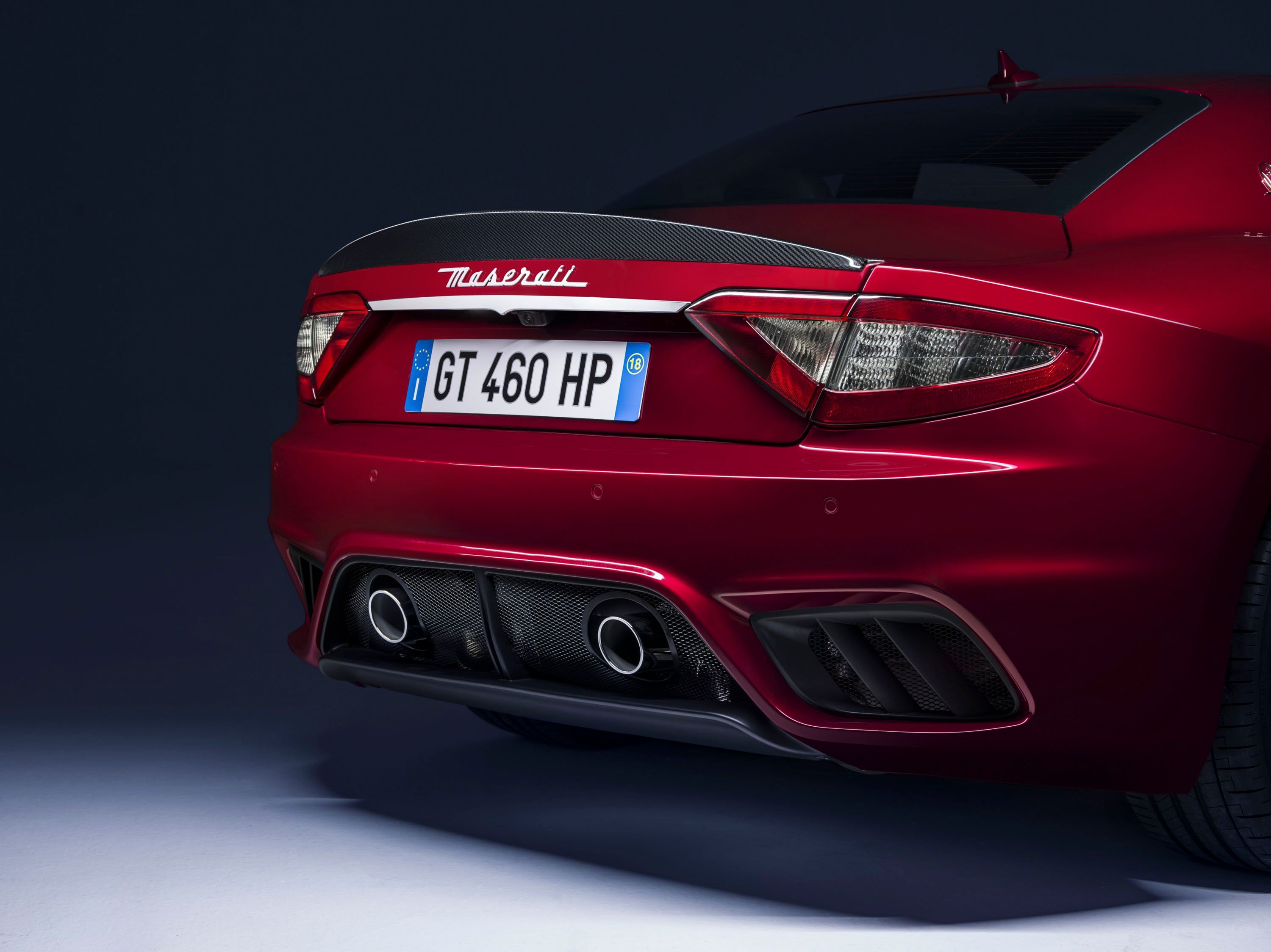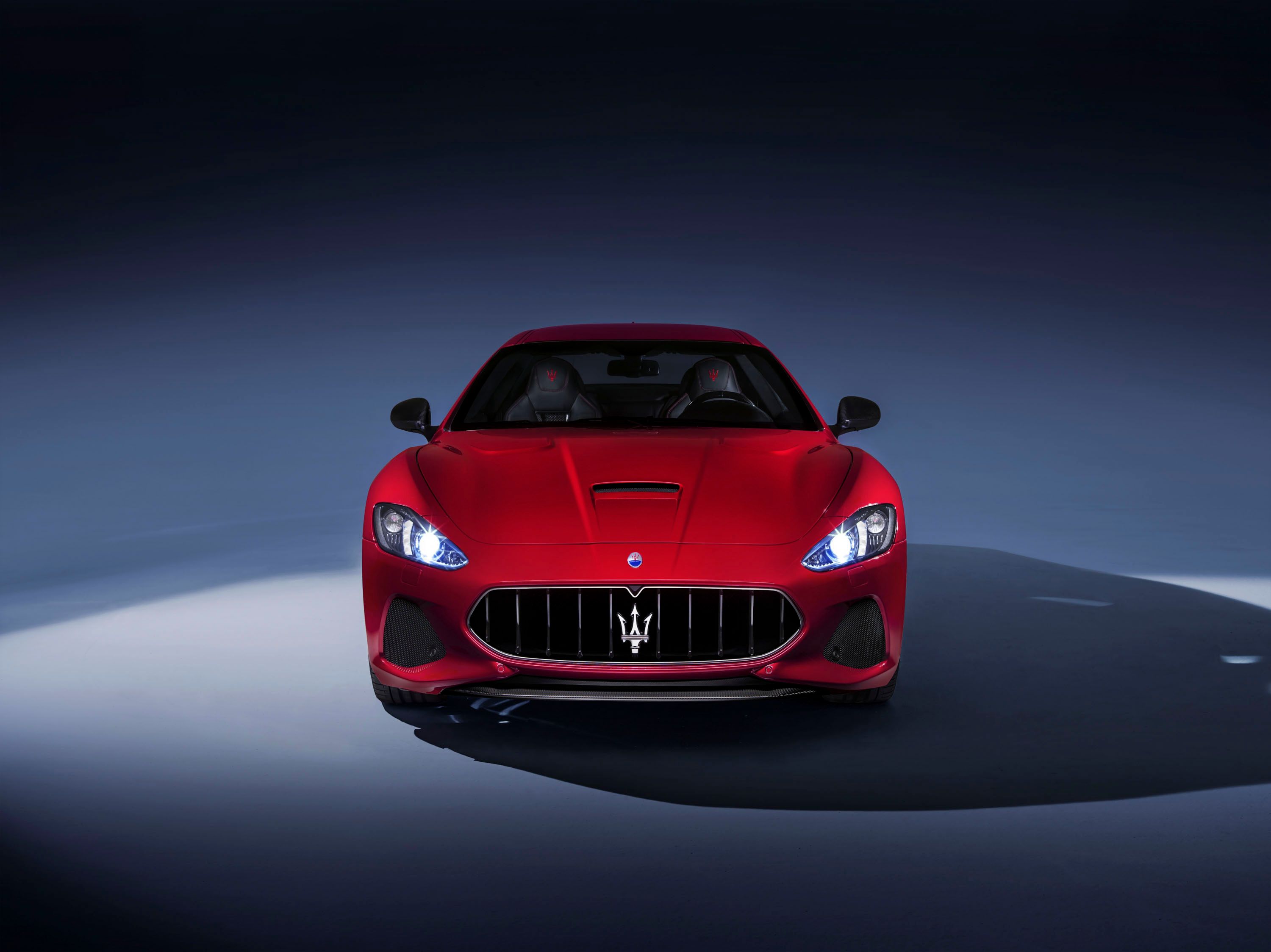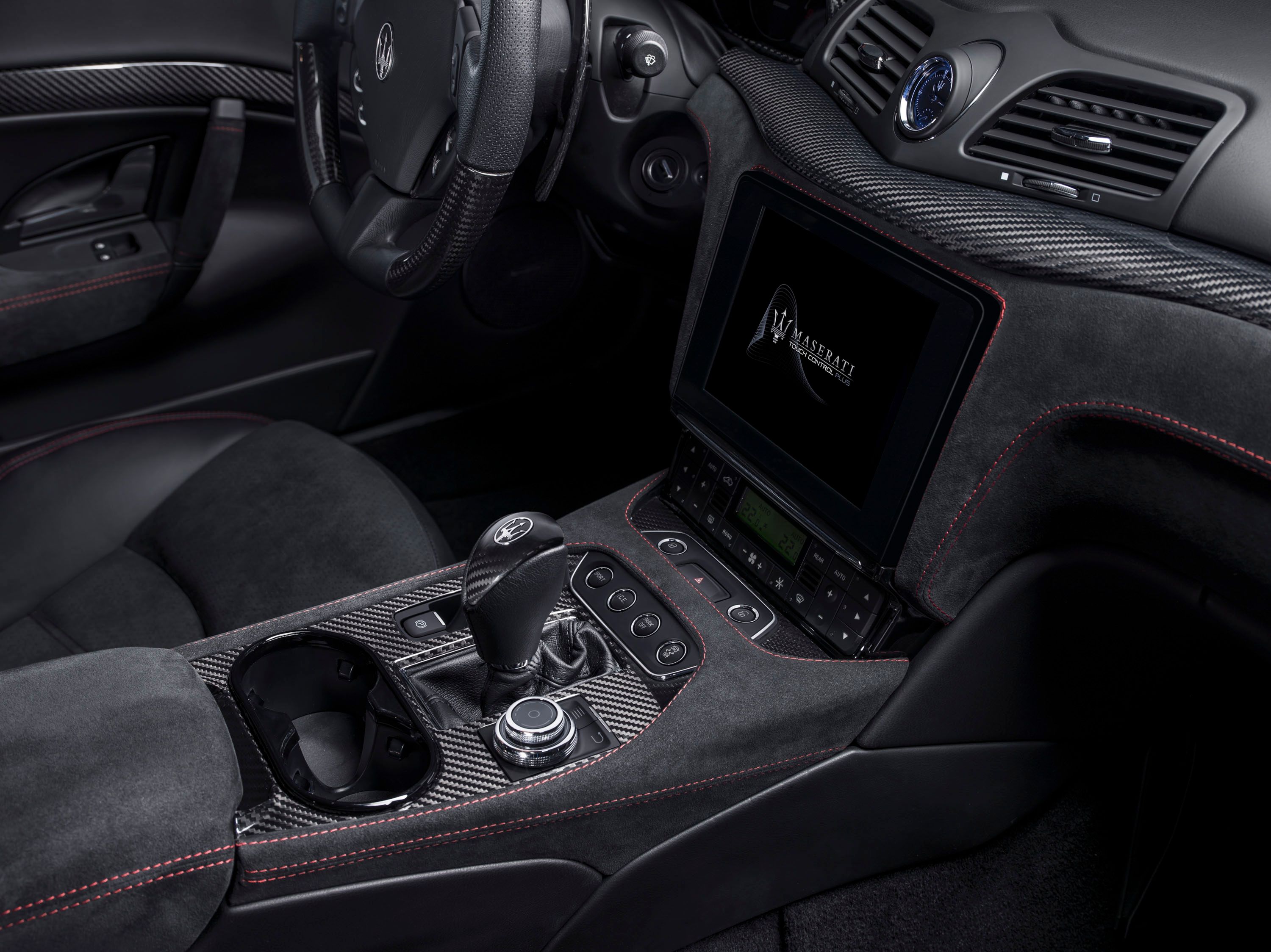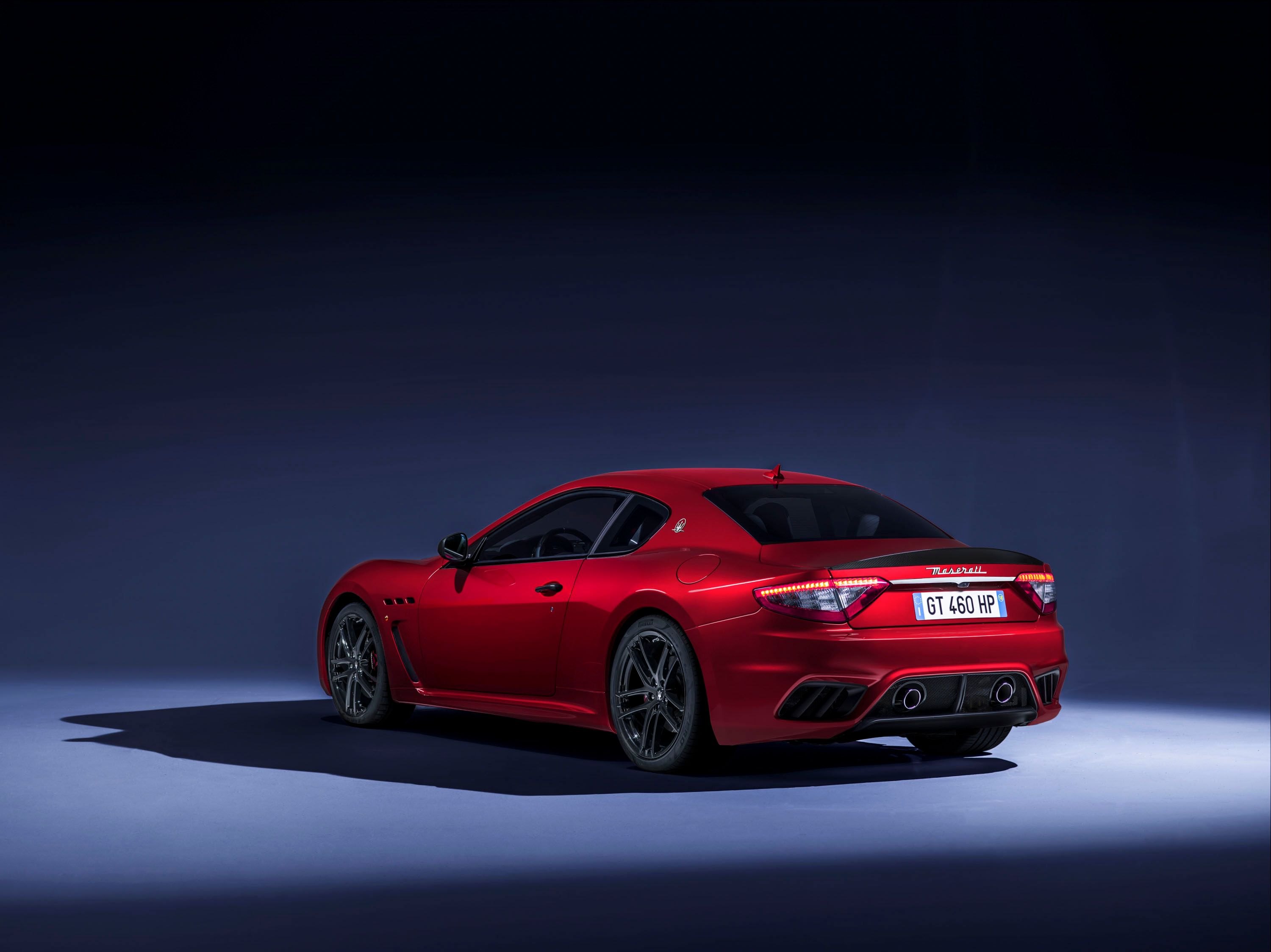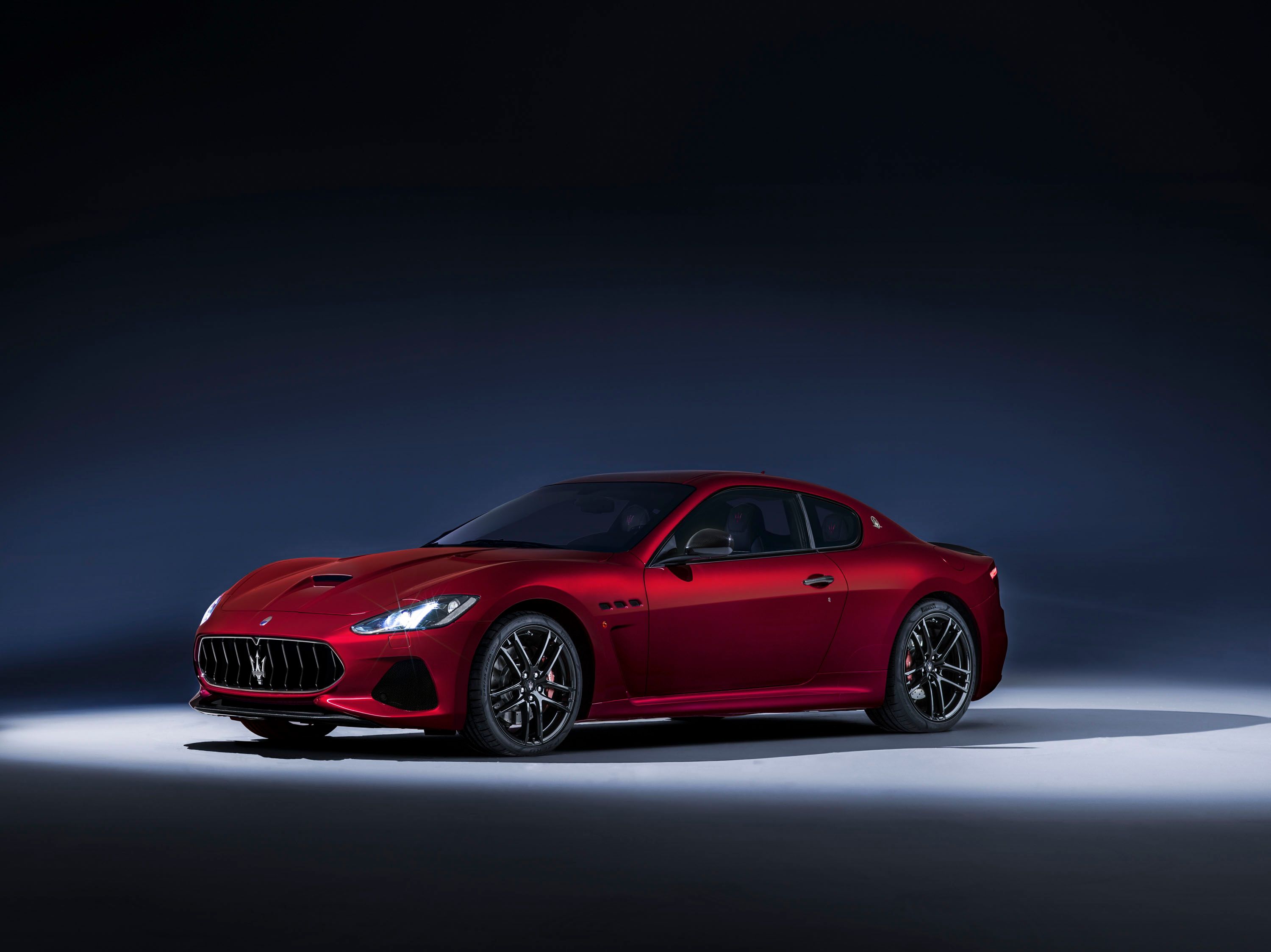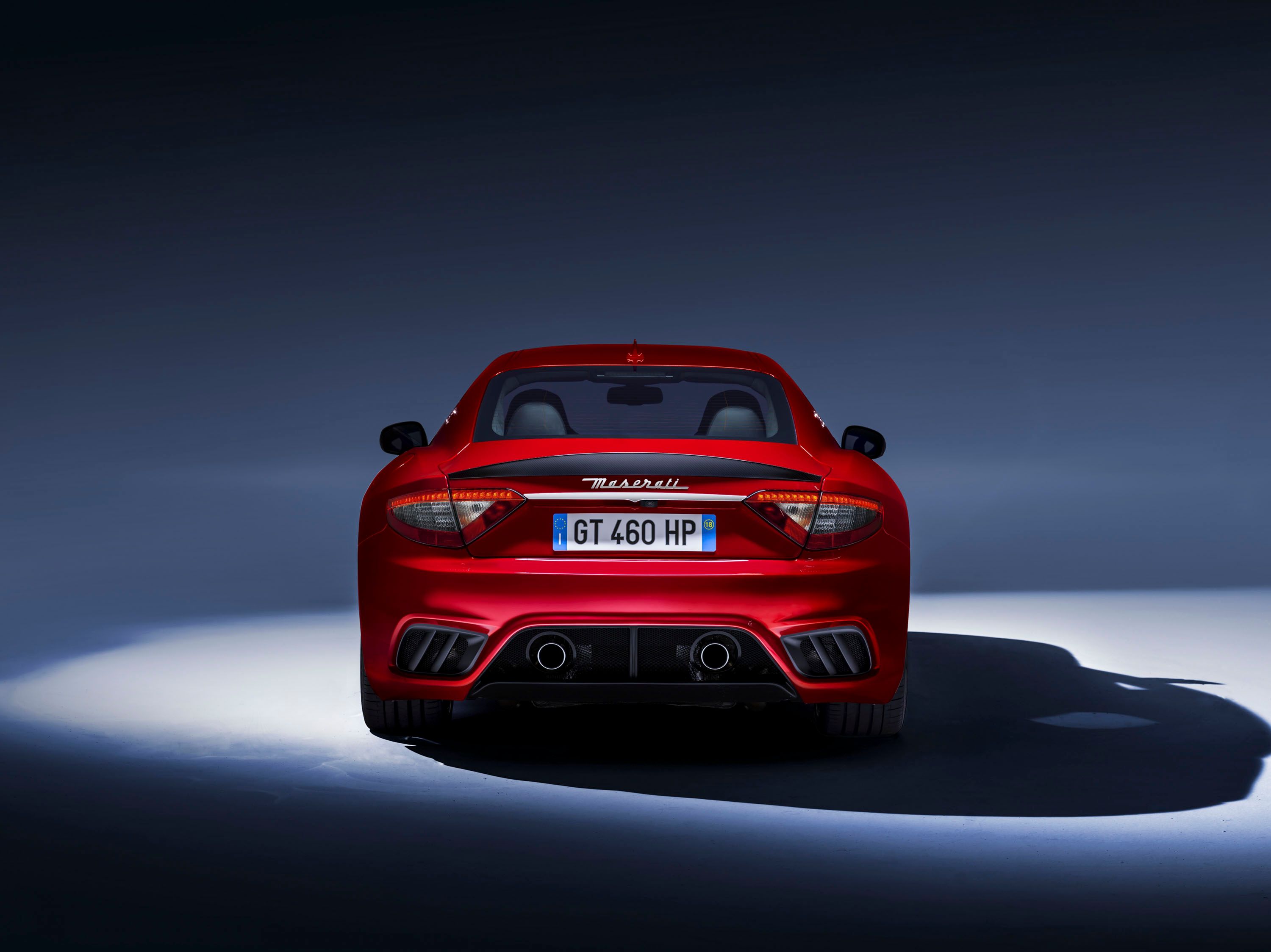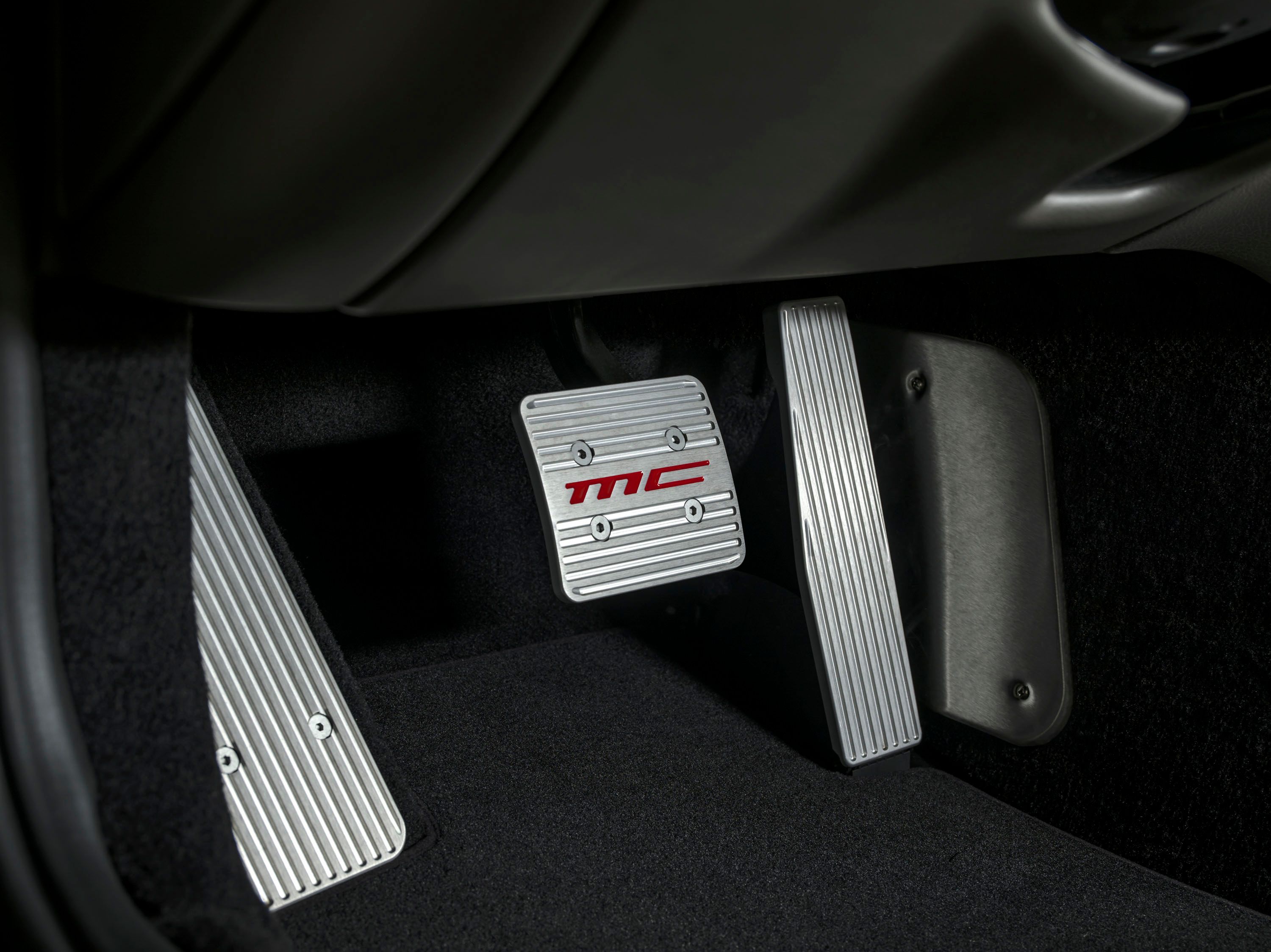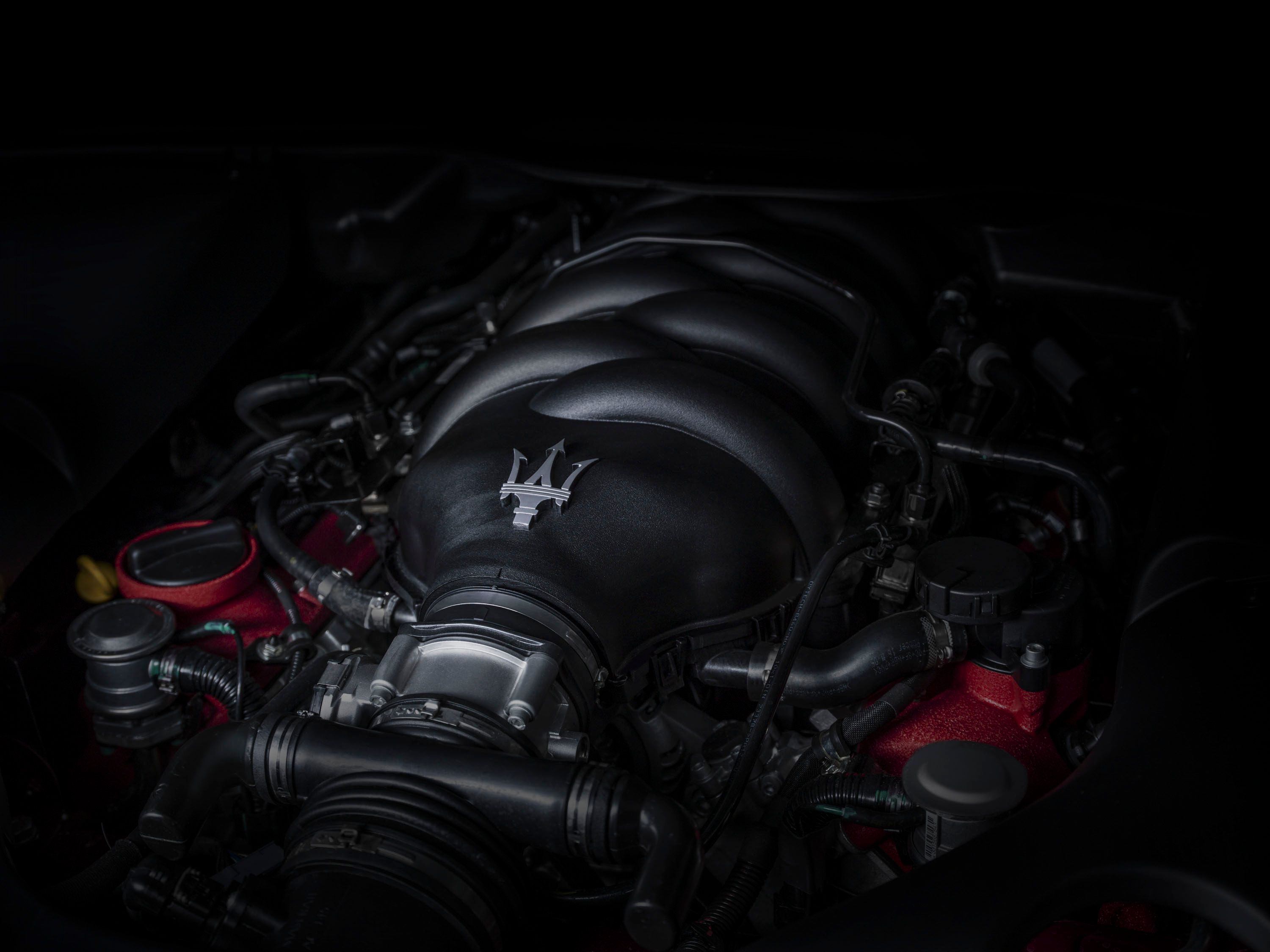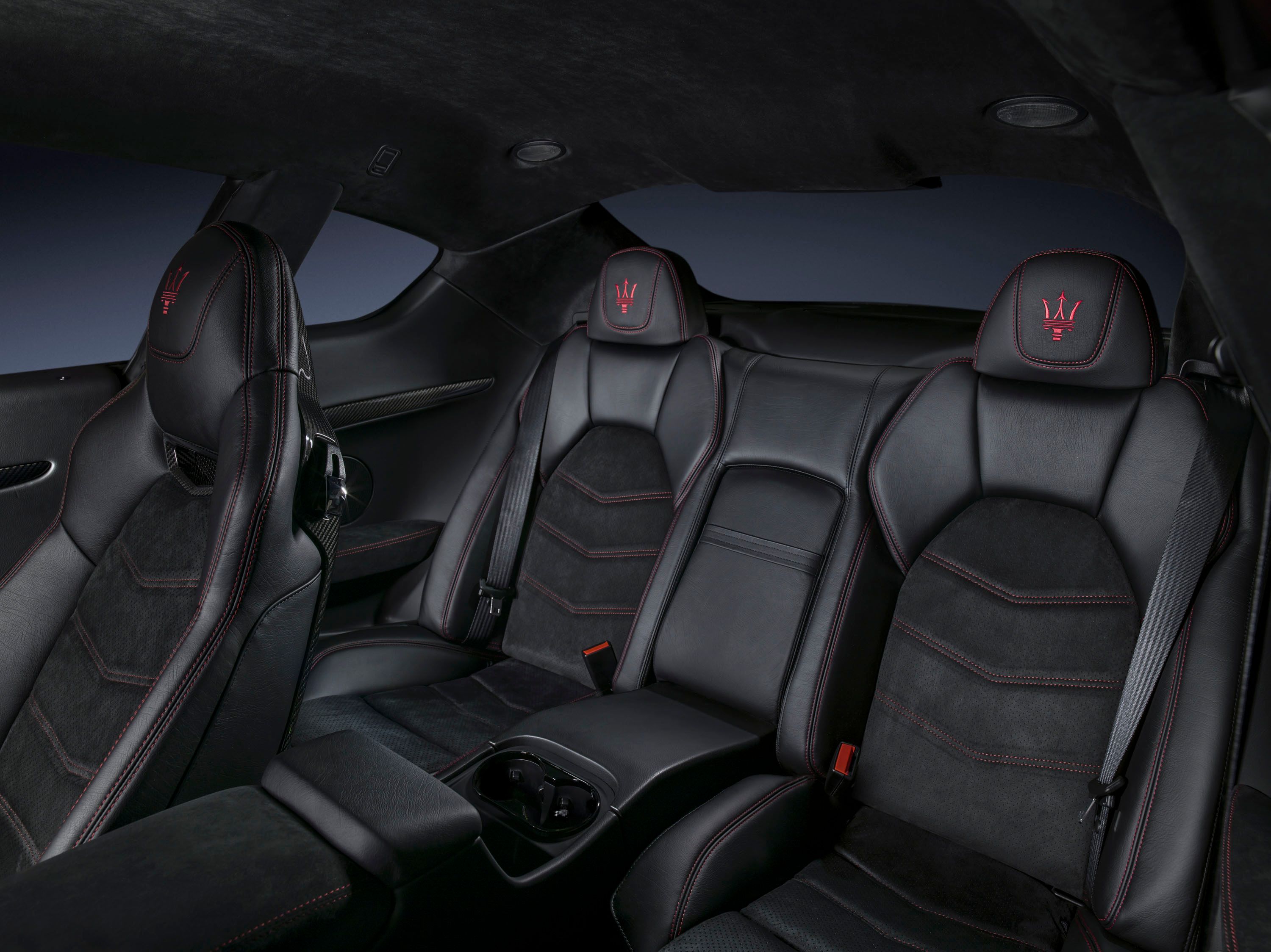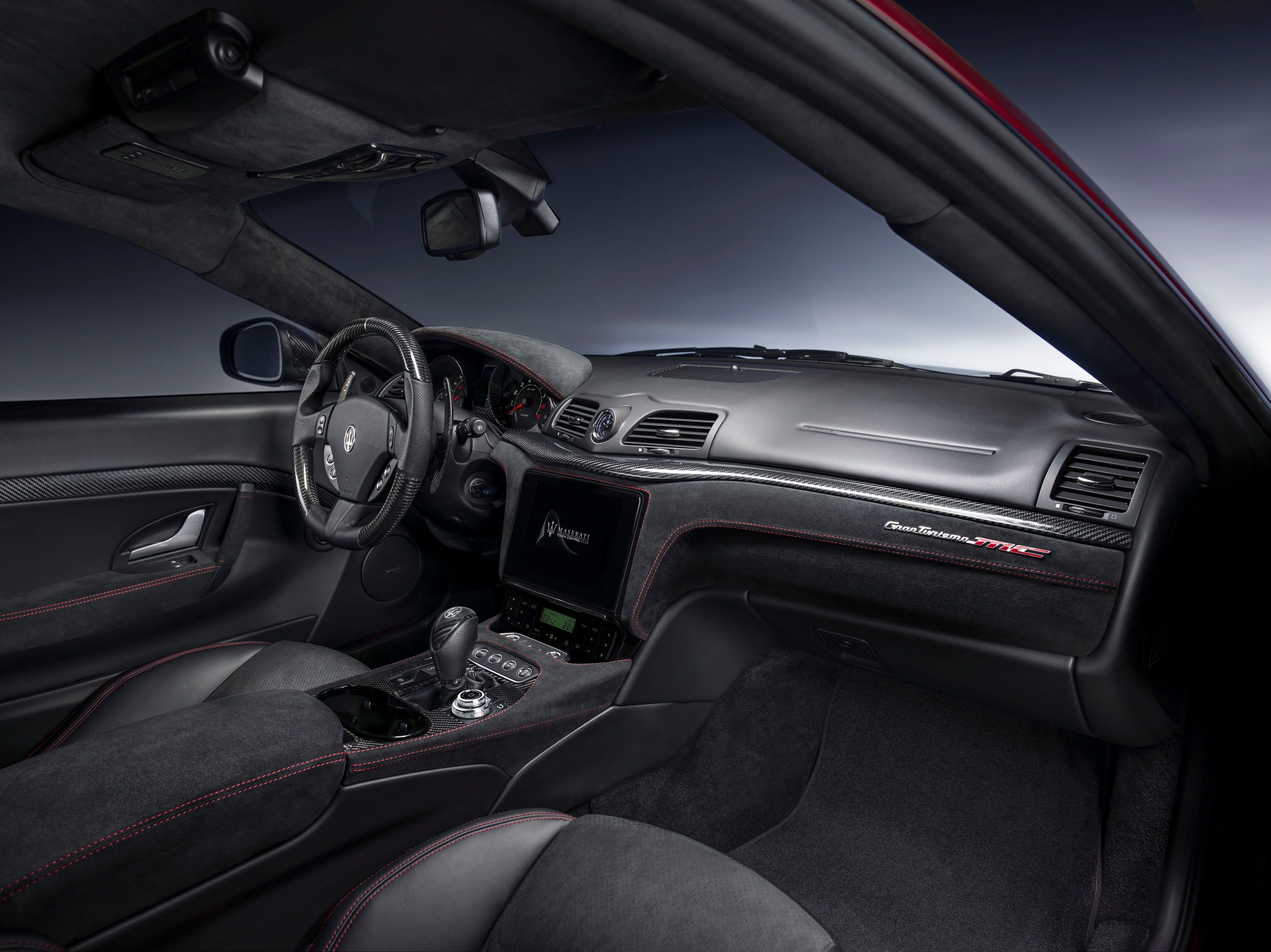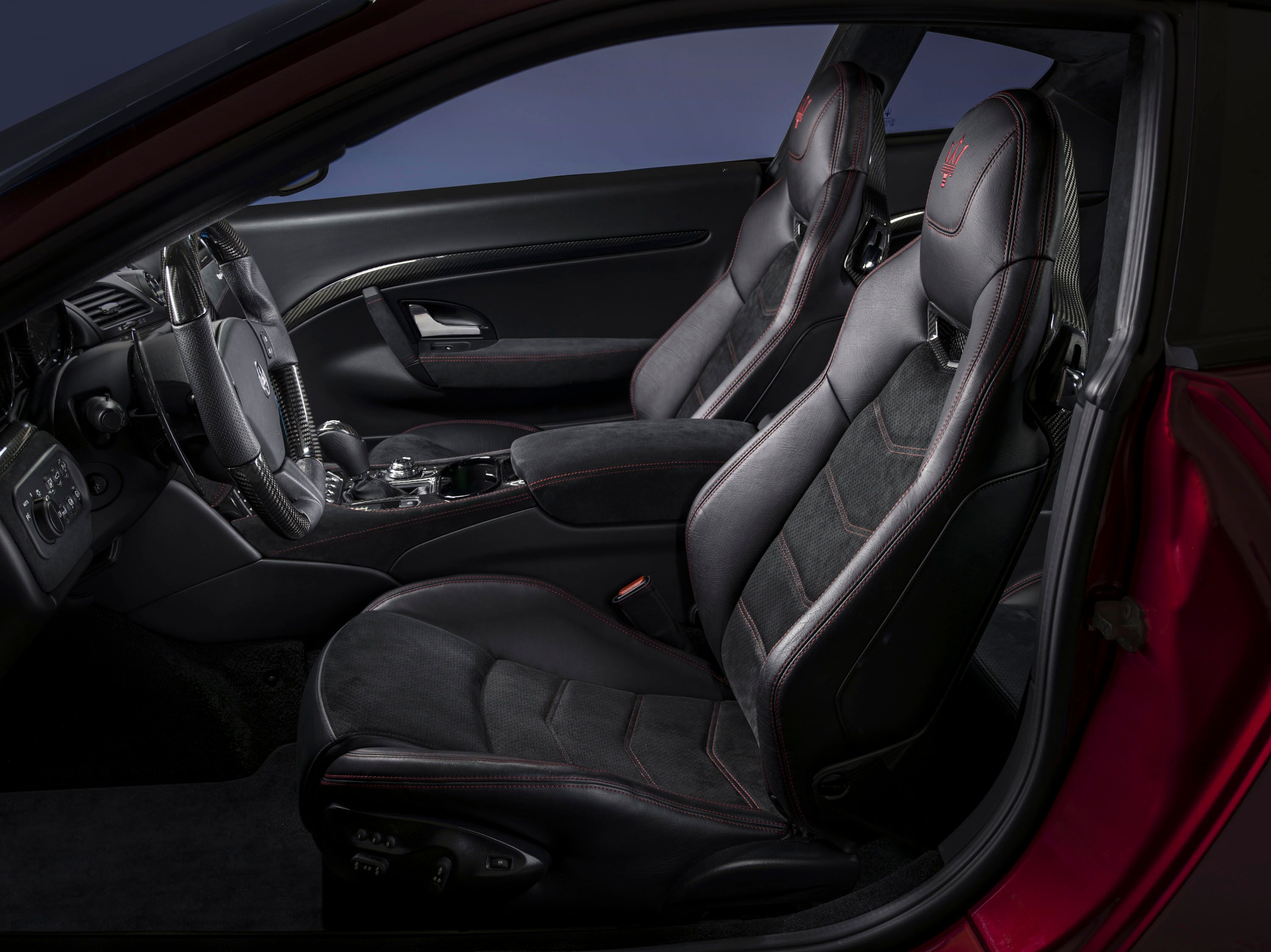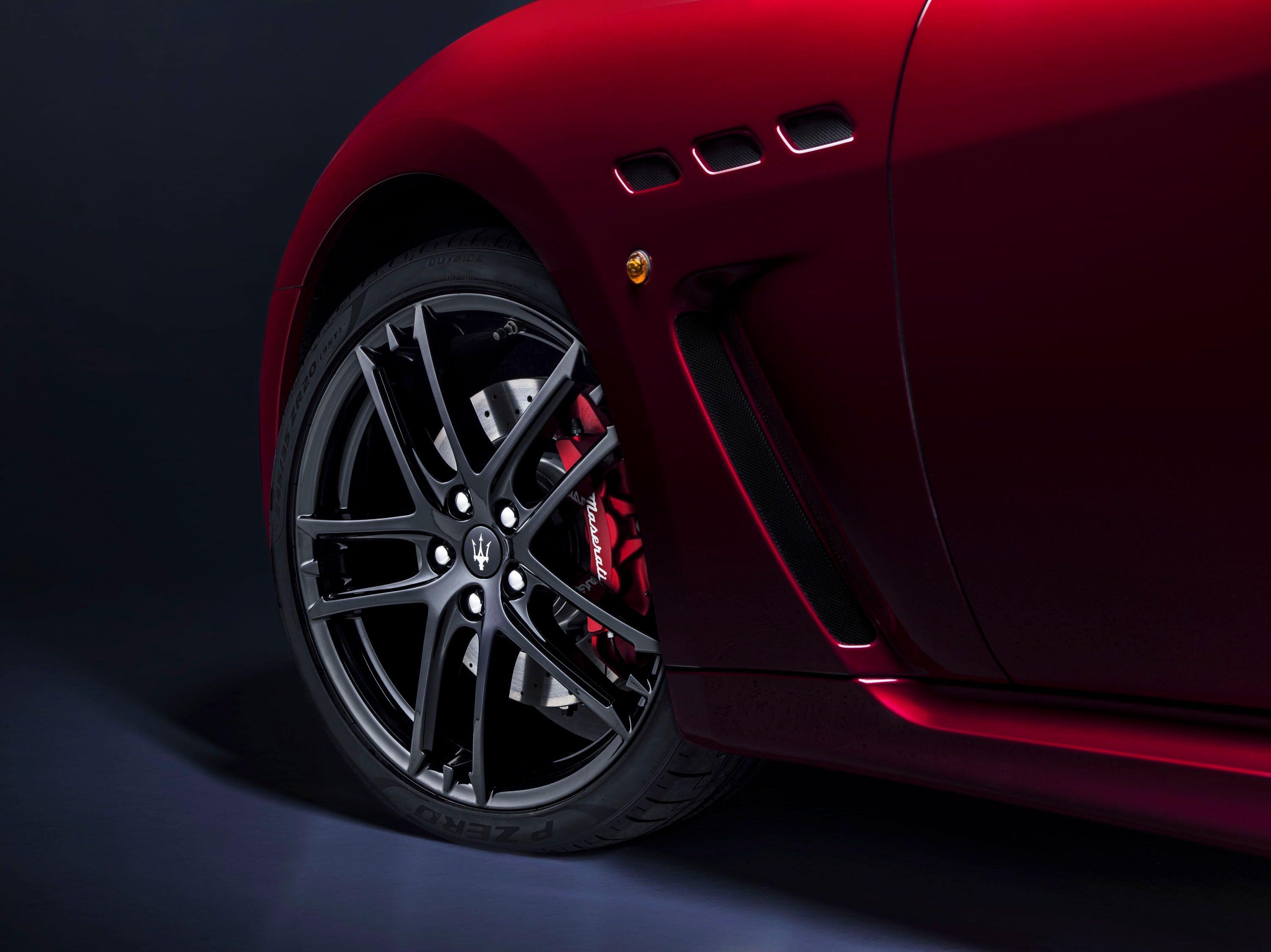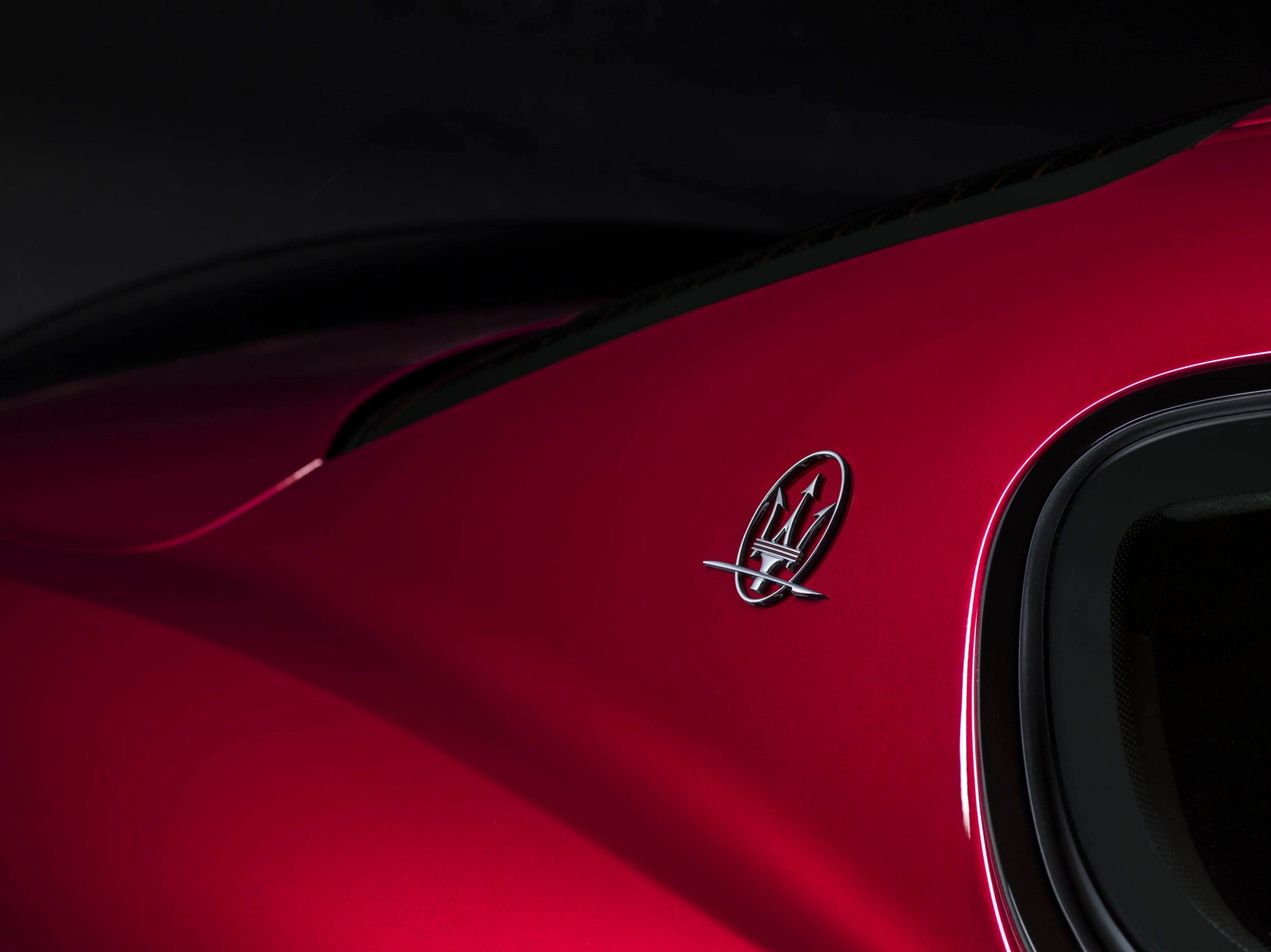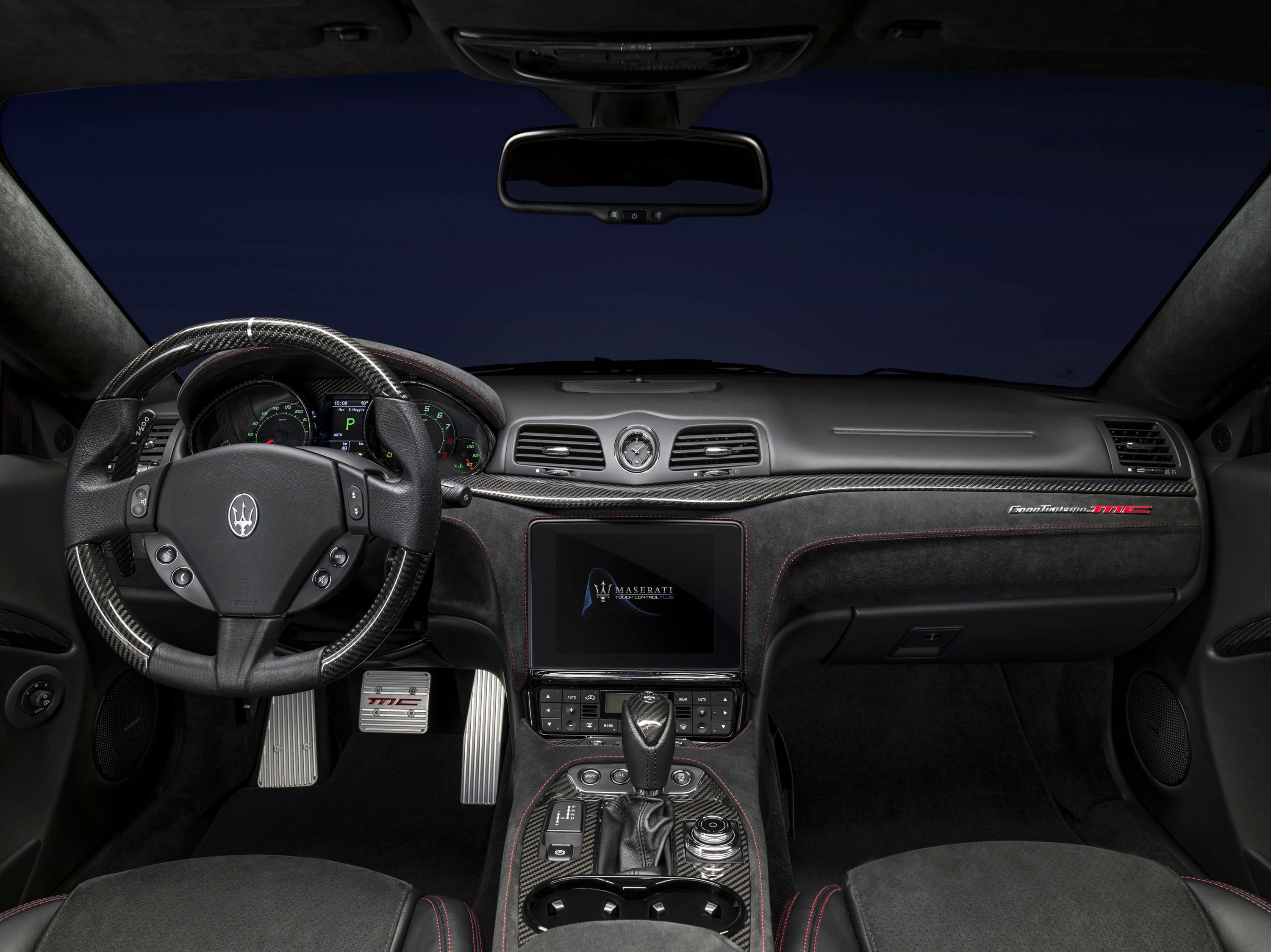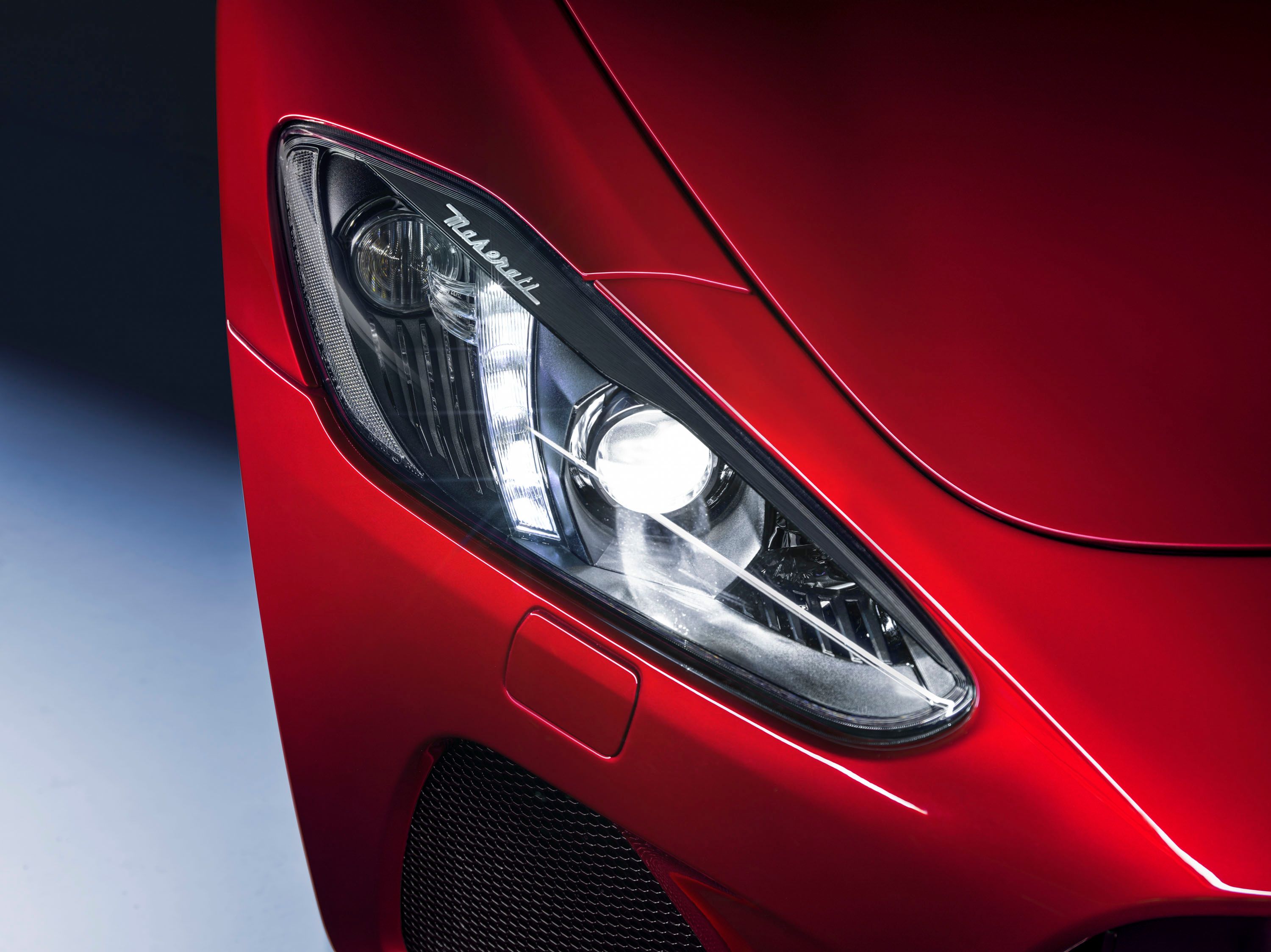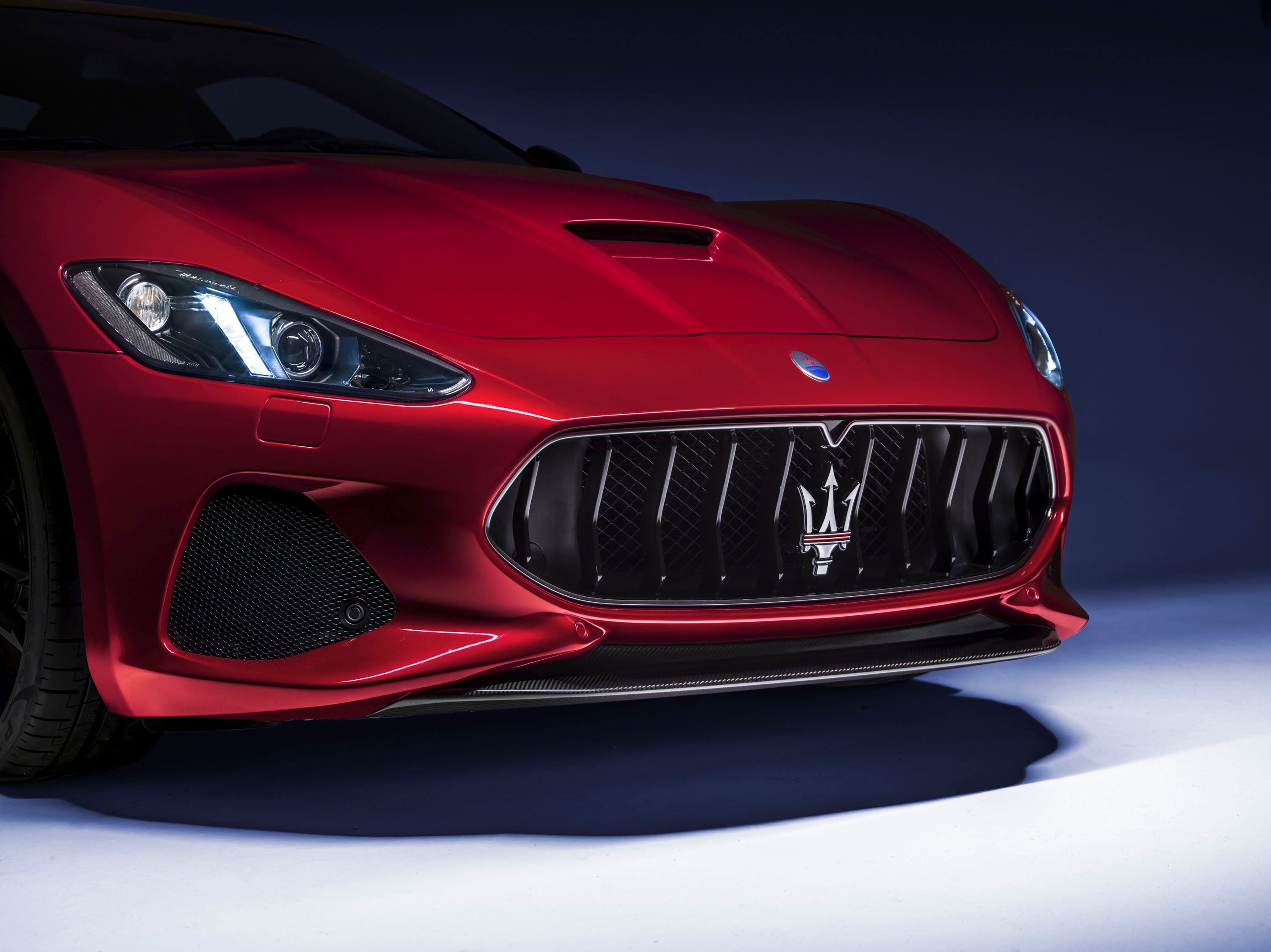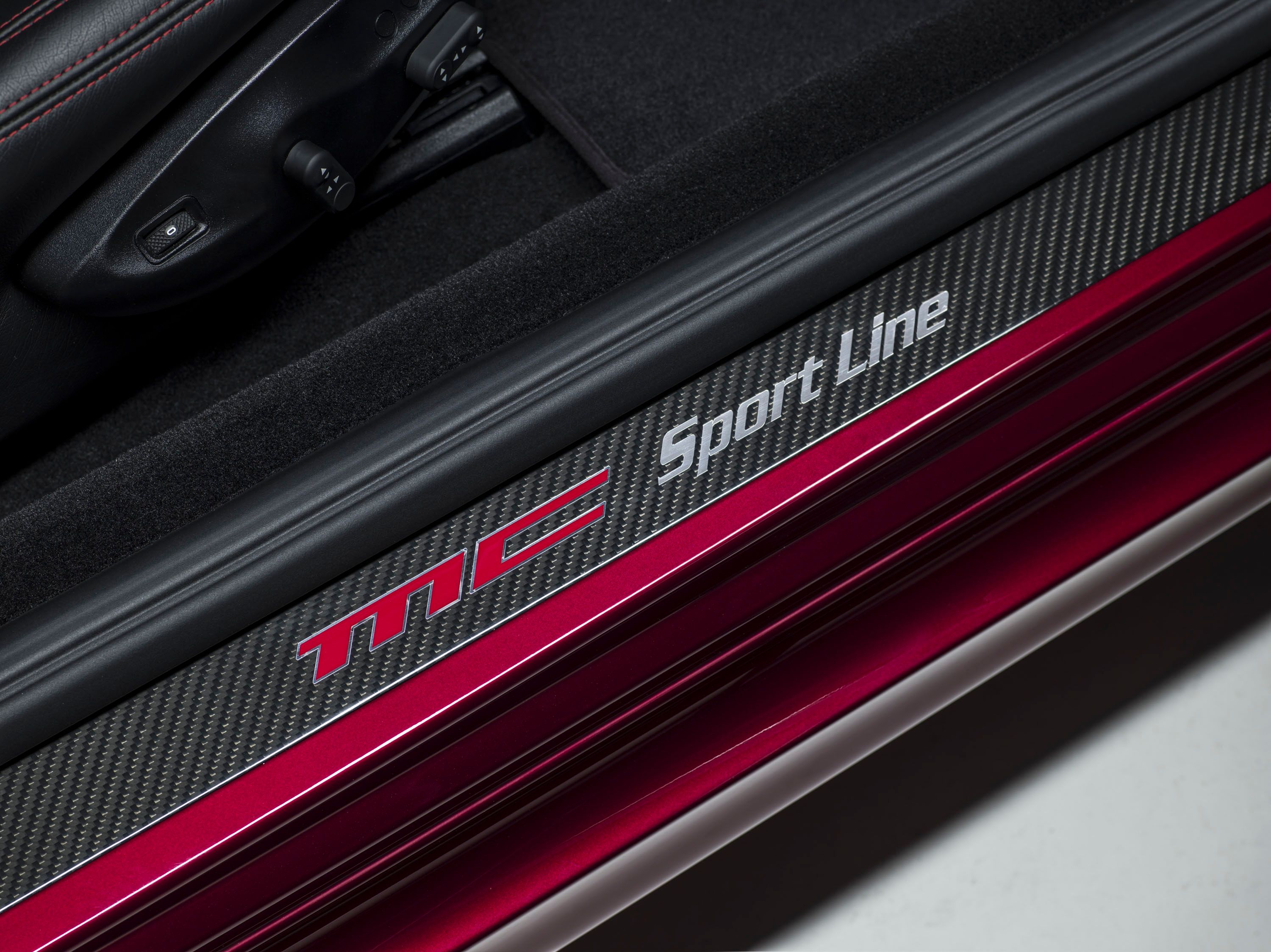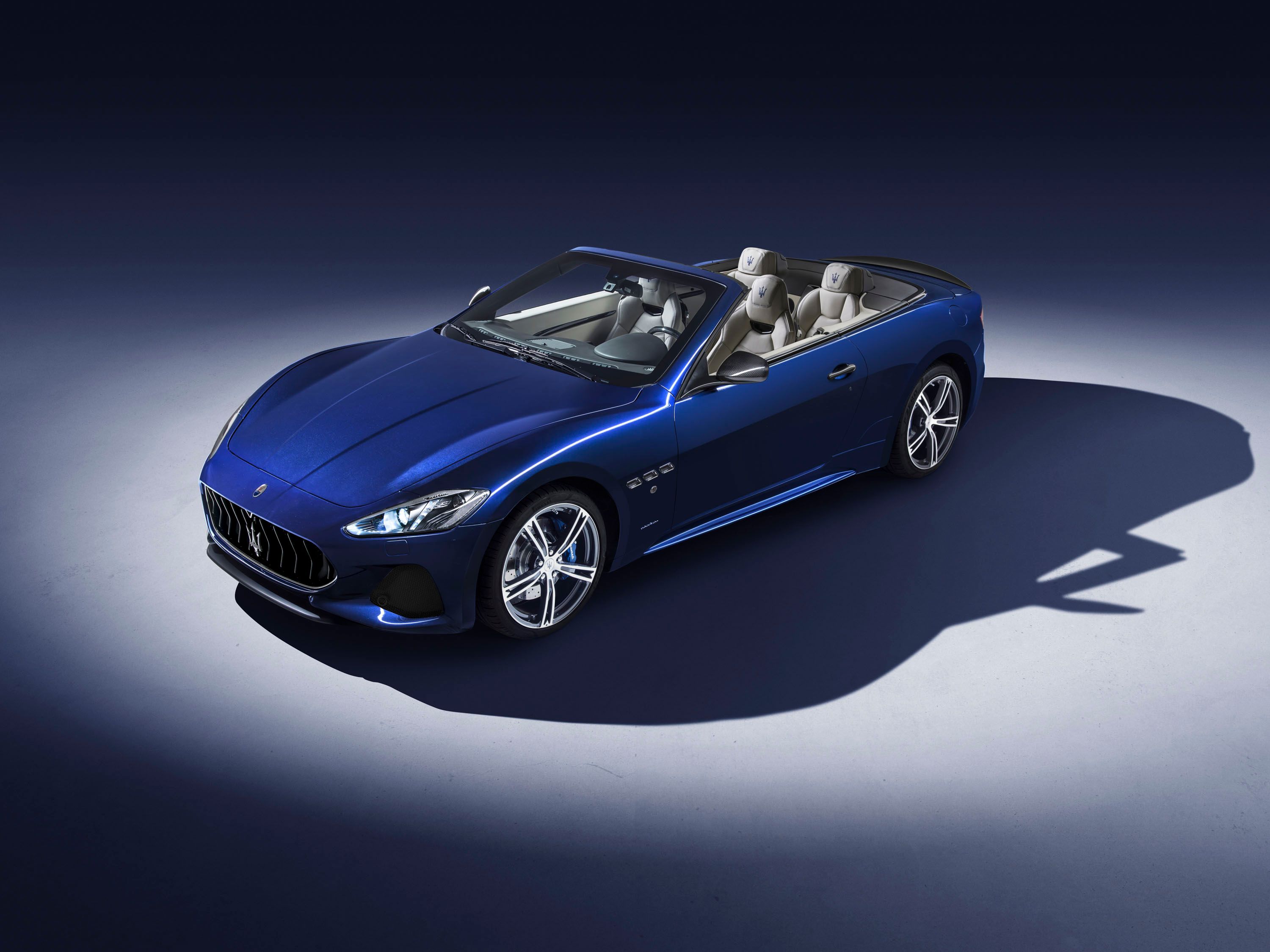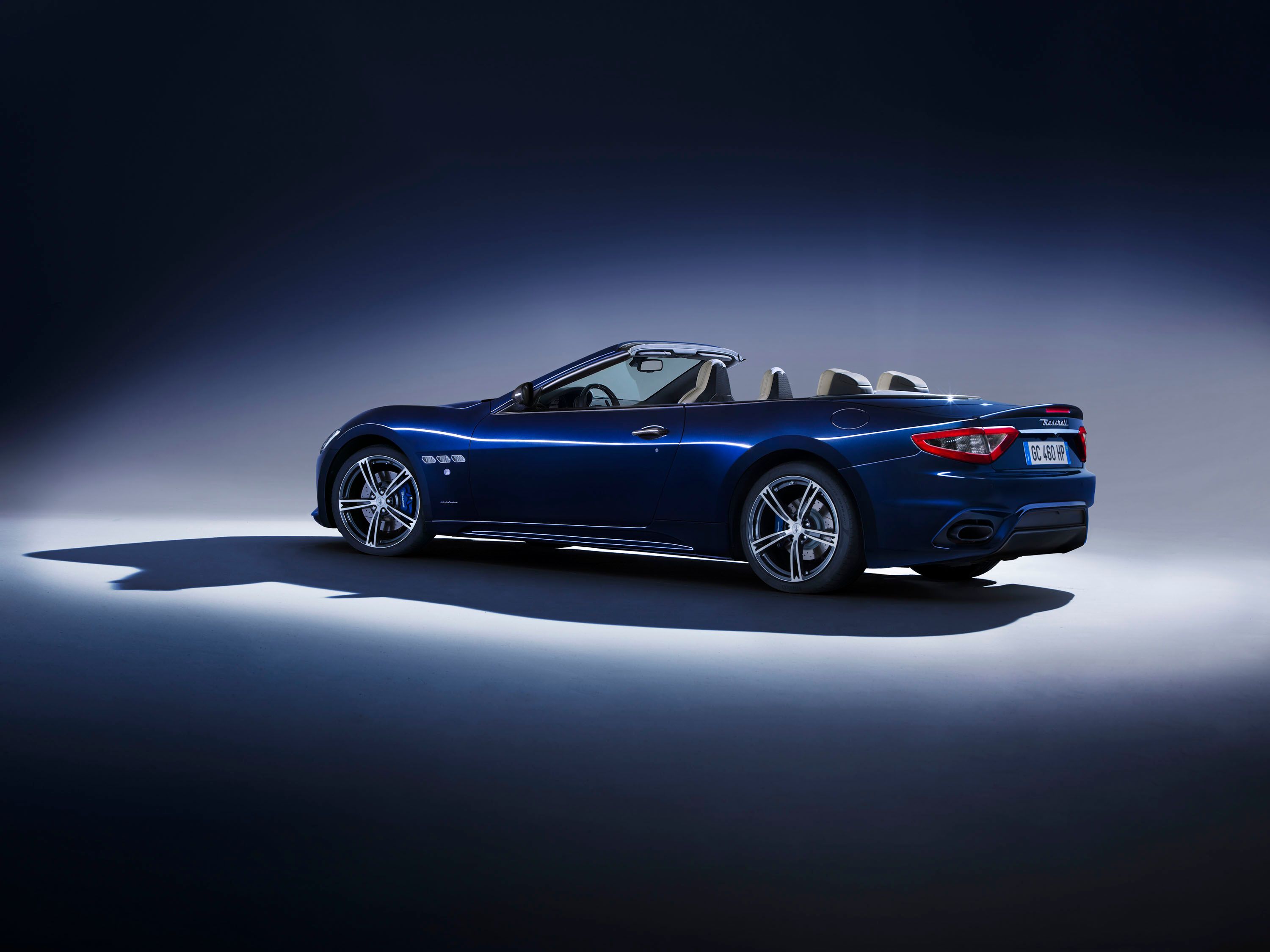The Maserati GranTurismo was introduced in 2007 a replacement for the Coupe, which in turn was the first grand tourer developed under Ferrari ownership. Offered in both coupe and convertible body styles, the GranTurismo was designed by Pininfarina and launched with two V-8 engines co-developed with Ferrari. A 4.2-liter V-8 powered the base model, while a bigger, 4.7-liter V-8 was offered in the S, MC Stradale, and Sport models. Although it was believed that the GranTurismo would be replaced altogether in in 2018, Maserati launched a new update in 2017.
Essentially a facelift, the 2018-model-year upgrade brings revised aerodynamics on the outside and new technology on the inside. The Italians also changed the drivetrain lineup, ditching the 4.2-liter V-8 as well as the MC Stradale model. From now on, the GranTurismo is available in only two trim levels, the Sport and the MC. Unfortunately, output remains unchanged, which means that the grand tourer might not be around for too long. Find out what's new in the review below.
Continue reading to learn more about the 2018 Maserati GranTurismo.
2018 Maserati GranTurismo
- Make: Array
- Model: 2018 Maserati GranTurismo
- Engine/Motor: V8
- Horsepower: 454
- Torque: 384
- Transmission: six-speed ZF automatic
- [do not use] Vehicle Model: Array
Official video
Exterior
While it remains highly familiar, the GranTurismo sports a number of significant changes for the 2018 model year. These are more noticeable up front, where the bumper has a larger, hexagonal grille with a "shark nose" profile and a chrome frame. Inspired by the Alfieri Concept, this grille adds a three-dimensional effect to the front fascia, while also optimizing airflow and reducing aerodynamic drag. The side vents have also been revised for enhanced aero efficiently, while also giving the front end a more menacing look. A new central splitter was also added, with a larger element on the Mc model. Overall, the new front bumper and redesigned air splitter reduce aerodynamic drag from 0.33 to 0.32.
Maserati also restyled the headlamps, which now include reshaped LED daytime running lights, grooved housing in the Xenon lamp areas, and the Maserati inscription in low relief. Additionally, the MC version’s headlamps feature a darker finish. The MC model also gets a carbon-fiber engine hood with downforce-optimizing air vents.
Onto the sides, we can find new vertical air vents in the front fenders, revised side skirts, and 20-inch Trofeo Silver wheels that are 10 percent stronger and lighter. Around back, there's a bigger rear lip spoiler and redesigned diffusers for both the Sport and MC models. This is where the two stand out, as the Sport has oval tailpipes at the edges of the bumper, while the MC has round pipes at the center.
The exterior of the revised GranTurismo is available in 16 colors. A brand new three-layer hue is introduced (Blu Assoluto), while four more three-layer colors are now available on the entire range. There is a range of 14 light alloy wheels in six designs, one of which is in forged aluminium. Finally, an exterior carbon package is offered for both the Sport and MC versions, alongside new Pirelli P Zero tires.
Exterior Dimensions
|
Wheelbase (Inches) |
115.8 |
|
Length (Inches) |
194.2 |
|
Width (without side mirrors) (Inches) |
75.4 |
|
Width (with side mirrors) (Inches) |
81.0 |
|
Height (Inches) |
53.3 |
|
Track front/rear (Inches) |
62.4/62.6 |
Interior
Revisions continue inside the cabin, starting with a more sculpted design of the passenger-side dashboard. The Paltrona Frau leather seats with integrated headrests remain standard, but Maserati now offers high-fashion style stitching for the leather and Alcantara surfaces. There's also a revised center console with fewer buttons and a rotary dial and a new 8.4-inch touchscreen for the infotainment system. Apple CarPlay and Android Auto are standard, as is the Harman Kardon Premium Sound system.
For a more premium look, Maserati added a new clock with a double dial in a slightly more prominent position at the centre of the dashboard. It also equipped the grand tourer with a new rear parking camera. Customization is possible via the eight available interior colors and five interior trim options, including Carbon Fibre, Black Piano, and Walnut Briarwood.
Overall, the update is far from comprehensive, but it's quite significant for a mild facelift. And the new tech keeps the GranTurismo somewhat fresh compared to the much newer competition.
Drivetrain
The big news here is that the base GranTurismo model, powered by the 4.2-liter V-8, has been discontinued. Maserati also pulled the plug on the MC Stradale, replaced by the simpler "MC" badge. Both the Sport and the MC draw their juice from the familiar 4.7-liter V-8 co-developed with Ferrari. Featuring a wet sump and a cross-plane crankshaft, the V-8 delivers the same 454 horsepower and 384 pound-feet of torque as in the outgoing model. Both versions use a six-speed ZF automatic gearbox, with no option for a manual. Performance is likely to be unchanged, so expect the Sport to hit 60 mph in 4.6 seconds, while the MC likely needs 4.4 ticks.
Drivetrain specifications
|
Engine |
4.7-liter V-8 |
|
Horsepower |
454 HP |
|
Torque |
384 LB-FT |
|
Transmission |
six-speed ZF automatic |
|
0 to 60 mph |
4.6 seconds |
|
Top Speed |
185 mph |
Prices
Pricing shouldn't change much with the upgrades, so expect the GranTurismo to start from around $134,000 in the U.S. As for the GranTurismo MC, it should retail from around $152,000 before options.
Competition
Aston Martin Vantage
The GranTurismo is old enough to be consider a classic in the grand tourer market, meaning we can compare it to another modern classic, the Aston Martin Vantage. Already 12 years old as of 2017, the Vantage isn't exactly fresh as far as new cars go, but still has what it takes to give its competitors a run for their money. The timeless design, the well-crafted interior, and the diverse engine lineup make it a solid option. Two drivetrains are available. There's a 4.7-liter V-8 rated at 430 horsepower and 361 pound-feet of torque in the V8 Vantage S and a 5.9-liter V-12 rated at 565 horses and 457 pound-feet in the V12 Vantage S. The British coupe is obviously quicker than the Maserati in V-12 guise, needing only 3.7 seconds to hit 60 mph from a standing start. But the Aston Martin is also more expensive, retailing from $190,000.
Find out more about the Aston Martin V12 Vantage S here.
Ferrari California T
Introduced in 2014, the California T is a much newer proposition. And even though it's more of a facelift to the 2008 model, it has new styling cues, an updated interior, and more importantly, a brand-new engine. The Italians replaced the old, naturally aspirated, 4.3-liter V-8 with a twin-turbo, 3.9-liter unit and output increased to 552 horsepower and 557 pound-feet of torque. Mated to a seven-speed dual-clutch gearbox, the California T reaches 60 mph in around 3.5 seconds, to go with a top speed of 196 mph. A cool feature is that the California T is actually a hard-top convertible, meaning that you get the benefits of both the coupe and convertible body styles. Priced from $207,000, the Ferrari California T is the most expensive vehicle in this comparison.
Learn more about the Ferrari California T here.
Conclusion
With 10-year old cars considered outdated in today's market, it's only natural to ask yourselves why would you buy a GranTurismo. Especially with so many newer propositions available. Well, the fact is that the GranTuriso is rather unique. It's one of the very few to still have a naturally aspirated V-8, it has a unique, race-inspired exhaust note, and to be honest, it's still gorgeous to look at. It's also a good way to stand out from a pack of Ferraris and Lamborghinis with a car that's less ostentatious. The upgrades for the 2018 model year are also pretty cool, from the sportier exterior to the new technology inside the cabin. Sure, a bit of extra power would have been nice, but I guess it's a sign that the current GranTurismo won't be around for long.

